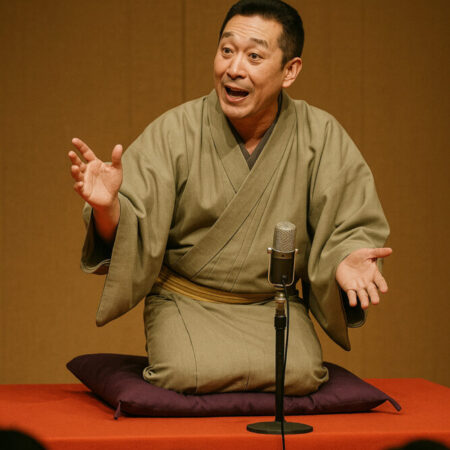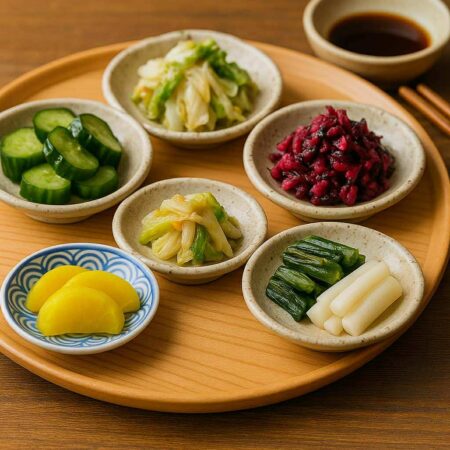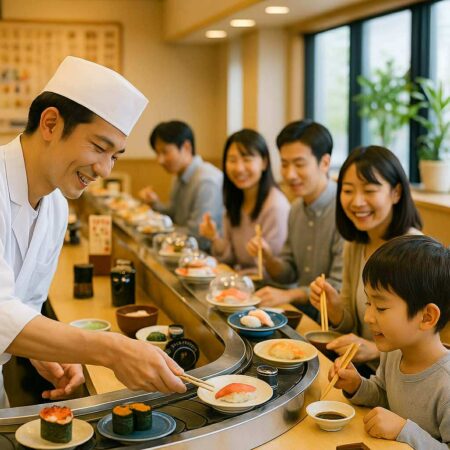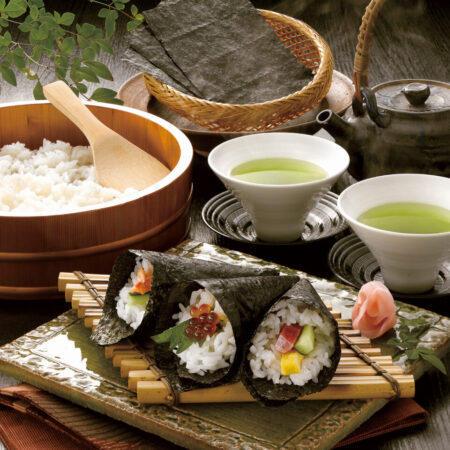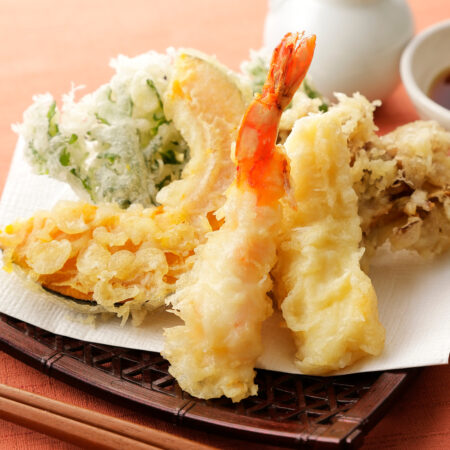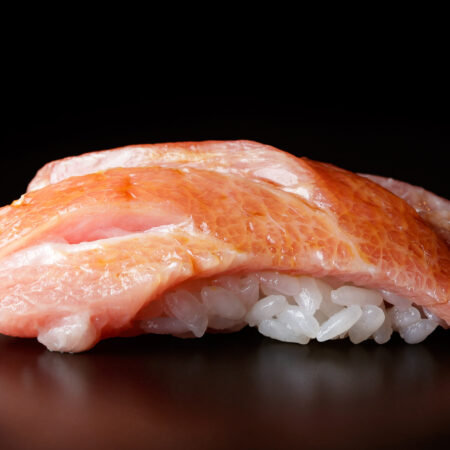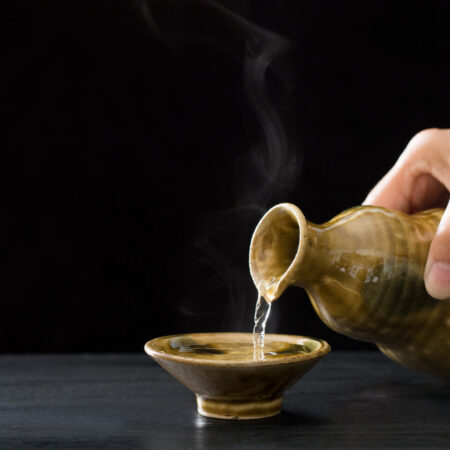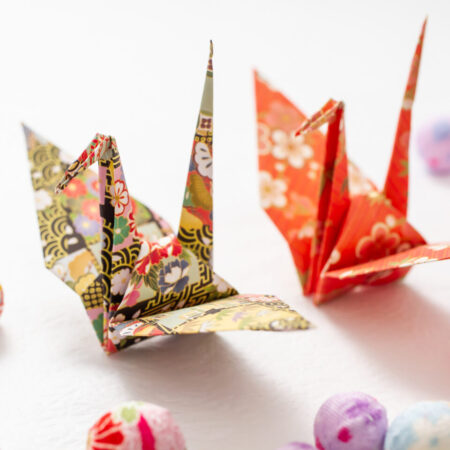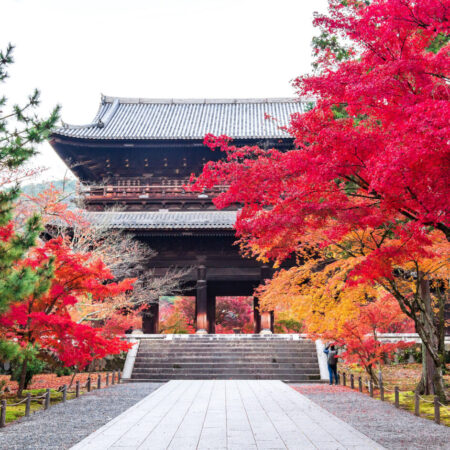Japan’s toilets are known worldwide for their exceptional cleanliness and convenience. Beyond the standard flush toilets, Japan offers a diverse range of options including traditional squat toilets and advanced bidet seats. This article introduces the types of toilets and etiquette to keep in mind when visiting Japan.
Introduction
Types
Types and Features of Toilets in Japan
▪️ Bidet Seats (Washlets)
Found in many restrooms, bidet seats come equipped with dedicated cleansing and heating functions. They provide a comfortable experience with features such as warm water cleansing and drying.
▪️ Traditional Squat Toilets
While traditional squat toilets are still common, modern flush toilets have become mainstream in recent years, often coexisting in facilities.
▪️ Multi-Purpose Restrooms
Certain public restrooms offer barrier-free designs and family-friendly facilities, including baby changing stations. It’s recommended to use these facilities only when necessary or during times of restroom congestion.
Etiquette
Understanding Toilet Usage and Etiquette
When using toilets in Japan, specific practices and etiquette should be observed. While there might be slight variations based on location, adhering to fundamental rules ensures a smooth restroom experience.
▪️ Toilet Paper Toilet paper can often be flushed in Japanese toilets, but it’s important not to flush excessive amounts. Female restrooms may have small bins labeled “Sanitary Box” for feminine hygiene products. Please note that these bins are for disposing of hygiene products, not used toilet paper or other waste. Used toilet paper should be flushed down the toilet, and when discarding napkins, it’s polite to wrap them in toilet paper before disposal.
▪️ Bidet Seats (Washlets) When using bidet seats, select the appropriate buttons for desired cleansing functions. The icons for buttocks and water spray indicate the buttons. Pressing these buttons initiates a forceful water spray for cleansing around the buttocks. After about 5 seconds of rinsing, press the drying button to remove excess moisture.
▪️ Sound of Privacy In individual stalls and on bidet seats, there’s often a musical note button that plays the sound of running water. This feature is designed to protect privacy by masking noise, providing comfort to users. If you’re concerned about sound privacy, give it a try.
Conclusion
Clean and Free: The Attraction of Japan's Restroom Culture
In most cases, public restrooms in Japan are available free of charge. Free restrooms are commonly found at stations, parks, commercial establishments, and tourist sites. Additionally, convenience stores, supermarkets, trains, and highway buses often provide restroom facilities. While use is generally unrestricted, it’s polite to confirm with staff at establishments such as shops before using their restrooms.
Japan’s restrooms are clean and user-friendly due to regular cleaning and maintenance efforts, along with thoughtful design for hygiene. By following rules and etiquette, you can make the most of this convenient amenity during your stay in Japan!
CULTURE

Why Do Japanese People Line Up So Perfectly?

What Is Yokai?

Why Do Japanese People Bow So Often?

Why do Japanese people say “Itadakimasu”?

5 Fascinating Trivia about the Traditional Japanese Sport, “Sumo”
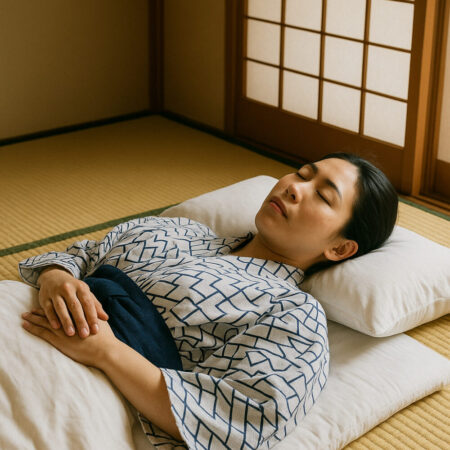
Why is Sleeping with Your Head to the North Bad? The Reason Lies in Old Japanese Folklore

Recommended Halloween Events for 2023
